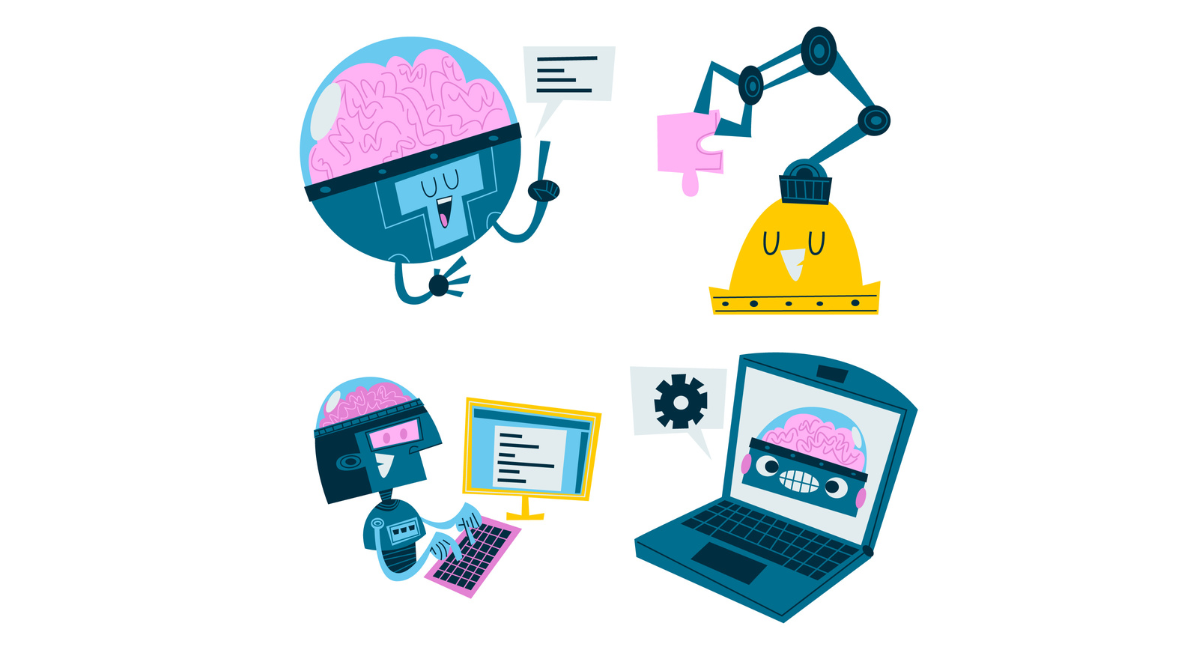Test Automation is a testing technique whereby tests are automatically run using specialized tools that compare actual results against expected results.
This is essential in modern Software Development Life Cycles because it offers efficiency and continuous integration and delivery capabilities.
Apart from increasing the pace of testing, automation testing is also linked to increased accuracy of results. This enables teams to track problems at the very beginning of their development cycle.
With evolving technology and the ever-increasing complexity of software development, the role of automation testing has grown to become an integral part in ensuring quality and performance in software.
Understanding Automation Testing

Definition of Automation Testing
It is a technique of testing where special automated testing software tools are used to execute the test case suite.
Unlike manual testing, wherein tests are carried out manually by a tester interacting with the software, automation testing includes writing a script and using software to perform the test cases.
This method increases scope and accuracy of testing while enhancing efficiency. Automated tests can be run repetitively at any time of the day.
It's normally applied in regression testing, whereby already developed and tested software is tested again for determining whether or not changes/enhancements have caused new defects.
Benefits of Automation Testing
The principal advantages of automated testing, which increase the productivity and accuracy of software testing, include the following:
- Consistency and Reliability: Automated tests execute identical operations every time they are run, which therefore excludes the variability of human intervention.
- Speed: Automation offers extreme improvement in the process's pace over manual testing, hence enabling the running of vast numbers of intricate tests within a very short period.
- Efficiency: Automated tests can run 24*7 without any intervention, whereas in case of manual testing it cannot be done.
- Comprehensive Coverage: Automation allows to run a larger number of tests in order to improve coverage that would not have been feasible manually.
- Reusability: Test scripts can be re-used across versions of an application even when the user interface will change.
- Early Detection of Defects: Bugs can be identified in the initial phase of development, which will decrease the cost and time to fix them.
Best Practices in Automation Testing
Test Selection Criteria
Not every test should be automated, and the selection of which tests to automate is crucial. To decide effectively, consider the following criteria:
- Repeatability +: Focus on tests that need running several times against different versions/configurations of an application.
- High Risk: Give first priority to automation in high-risk areas so that if something breaks, it will be found as soon as possible.
- Test Case Suitability Not all Tests are suitable for Automation. Prefer tests which are stable, predictable in their outcome.
- Time Consumption: Automate tests that are time-consuming when performed manually, thus saving substantial effort and time for the QA team.
Test Environment Setup
Setting up a proper test environment is fundamental in ensuring that automated tests provide accurate and reliable results. Key considerations include:
- Isolation: Set up a stable test environment that does not share databases or servers with development or production environments to avoid clashes.
- Simulate Real User Conditions: The test environment should closely simulate the production environment or real user conditions to detect real-world issues.
- Access to Third-Party Services: Ensure that all external interfaces and services are accessible within the test environment to test all aspects of the application.
Data Management
Effective data management plays a crucial role in the success of automation testing. It involves proper planning and control over test data to ensure accuracy in test execution. Key strategies include:
- Data Separation: Use separate data sets for different test cases to avoid conflicts and ensure data integrity.
- Data Variety: Include a wide range of test data including edge cases to fully test the application's capabilities and responses.
- Data Clean-Up: Implement mechanisms to restore data to a baseline state after tests are complete to maintain consistency for subsequent tests.
By adhering to these best practices, teams can maximize the effectiveness and efficiency of their automation testing efforts, leading to faster releases and higher quality software products.
Top Automation Testing Tools

Very few tools have come to the fore in test automation due to their strong features and reliable performance. We shall consider some of the top software in automated testing, putting one at your fingertips to help leverage your strategy for testing.
Selenium
Selenium is an open-source automation tool and one of the most popular ones. From instinct, it's basically mainly used for automating web browser-based applications.
It further supports a number of programming languages, like Java, C#, Python, and Ruby, so it can be quite adaptive to different development environments.
It has a variety of components, including Selenium WebDriver and Selenium IDE, that enable test engineers to create more difficult and scalable test scripts and simpler test scripts for quick control and reproduction of bugs.
The fact that it supports integration with frameworks, like TestNG or JUnit, for test case management and report generation, confers versatility on this tool within automation testing.
Appium
Appium is an open-source automation tool for native, mobile web, and hybrid apps on iOS and Android. The beauty of Appium lies in its "write once, run anywhere" framework.
This means one test script for different platforms, saving a lot of hassle for testing cross-platform apps.
Appium doesn't require any modification to the app for its automation, and also supports many programming languages which Selenium does, adding to its utility.
ContextQA
Although ContextQA is relatively new in the Automation Testing space, it seems to have made a mark rather quickly due to the context-driven testing approach that it leverages.
It reduces the testing effort by dynamically adjusting tests according to the application context as much as possible; this significantly minimizes the maintenance required when there are changes to the application.
It is also well-suited for continuous integration and deployment and supports a host of Web and mobile applications. It is a very interesting innovation tool in the testing community, as it uses AI to predict the problem areas of an application well before they hit the testing cycle.
Book a Demo and experience ContextQA testing platform in action with a complimentary, no-obligation session tailored to your business needs.
Conclusion: Enhancing Software Testing with Automation
On its own, automation testing seems to really emphasize a new approach toward software testing fast, accurate, and efficient.
Automation testing lets you integrate it into your development cycle to ensure your software meets the highest standards of quality and launch it in the market quickly, as well.
This guide has explored the basic areas in automation testing, from understanding the basics about it to implementing best practices, and highlighted some of the best tools to get you started.
Actually, the key to successful test automation is continuous learning and adaption. Automation is not a ready solution but a flexible tool adjusting to any specifics of the project.
It is clear that as technology keeps evolving, so do tools and techniques for testing, and further education with adaptation will be required for continued success in an automation strategy.
These practices and tools can help teams increase the reliability of software, improve the quality of their testing processes, and make better business decisions.
Whether it is getting started or refining your approach to automation, the journey to effective software testing through automation is continuous. Embrace the challenge both for your software quality and for the capability rise of your team.
Also Read - Becoming a Test Automation Engineer | Myths, Strategy & Plan
